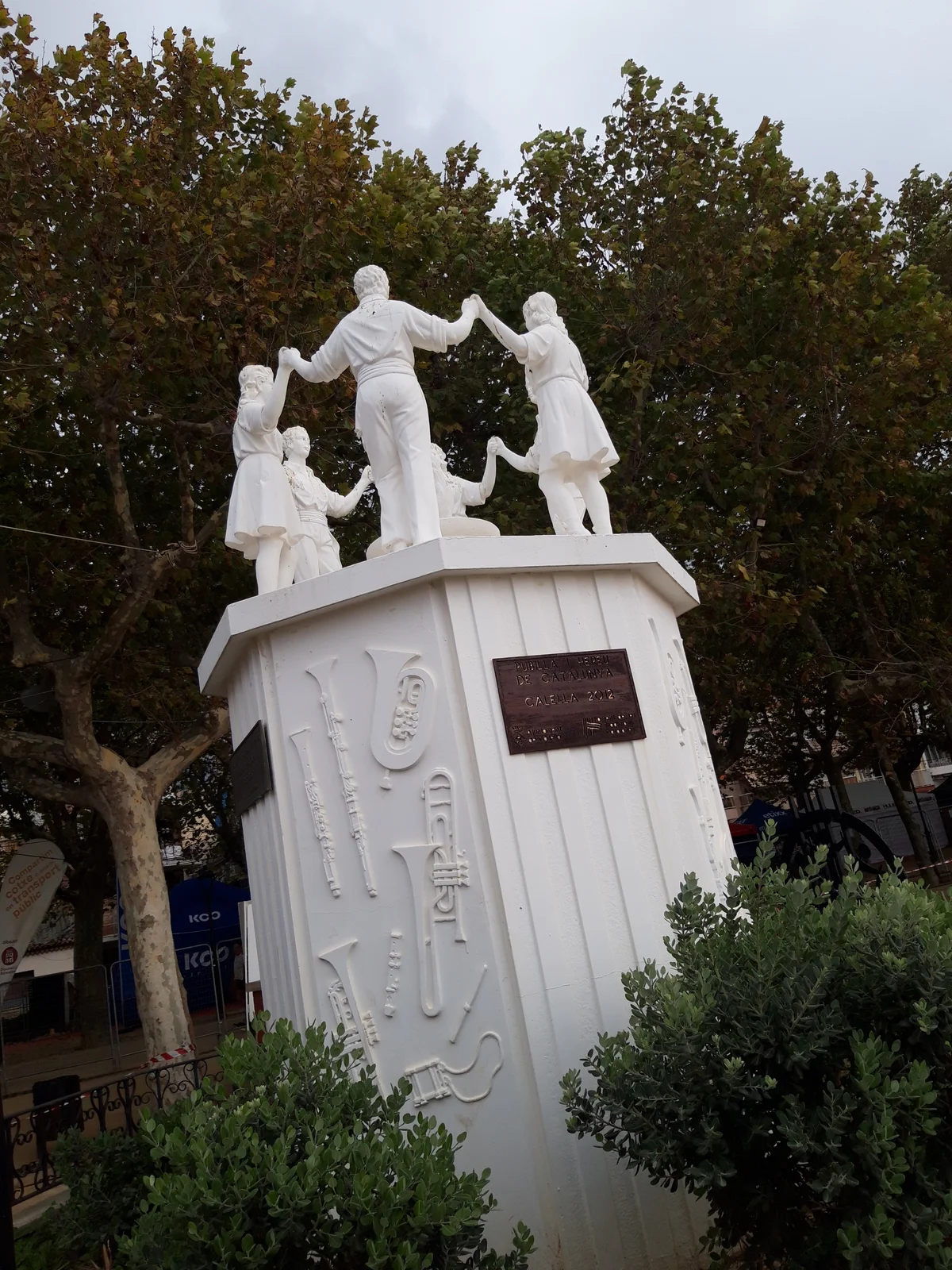What Is the Sardana?
The Sardana is a graceful and symbolic circle dance that embodies Catalan unity, pride, and community spirit. Dancers hold hands in a closed circle and perform precise steps to the rhythm of a live cobla band.
🎼 A Living Tradition
Far from being a thing of the past, the Sardana is still actively performed today. Every Sunday, you'll find locals of all ages dancing in the squares of Barcelona's districts and especially in the Gòtic Quarter, in front of the Cathedral.
📏 Rules and Structure of the Dance
The Sardana follows a strict pattern of steps and musical measures. Dancers form a circle—alternating men and women when possible—and hold hands at shoulder height, resting gently on each other's fingers. The dance alternates between two types of steps:
- ➖ Curts (short steps) – usually 2 to 4 steps per measure.
- ➕ Llargs (long steps) – slower, wider steps that involve subtle kicks and pivots.
A Sardana performance consists of a set number of measures dictated by the music. An experienced leader, called the capdanser, listens carefully and helps signal the transitions between sections.
Importantly, Sardana circles are open: anyone can join during the dance, stepping in respectfully and maintaining the rhythm and balance of the group.
🕊️ Symbolism and Meaning
The Sardana is more than a dance—it's a cultural statement. The circle formation symbolizes equality and solidarity, with no hierarchy among dancers. The music, played by a traditional cobla ensemble, features instruments like the tenora and flabiol.
📍 Sardana Monument on Montjuïc
On Montjuïc Hill, you'll find a beautiful monument dedicated to Sardana dancers. It’s a peaceful spot that captures the spirit of the tradition and offers a scenic view of the city.
